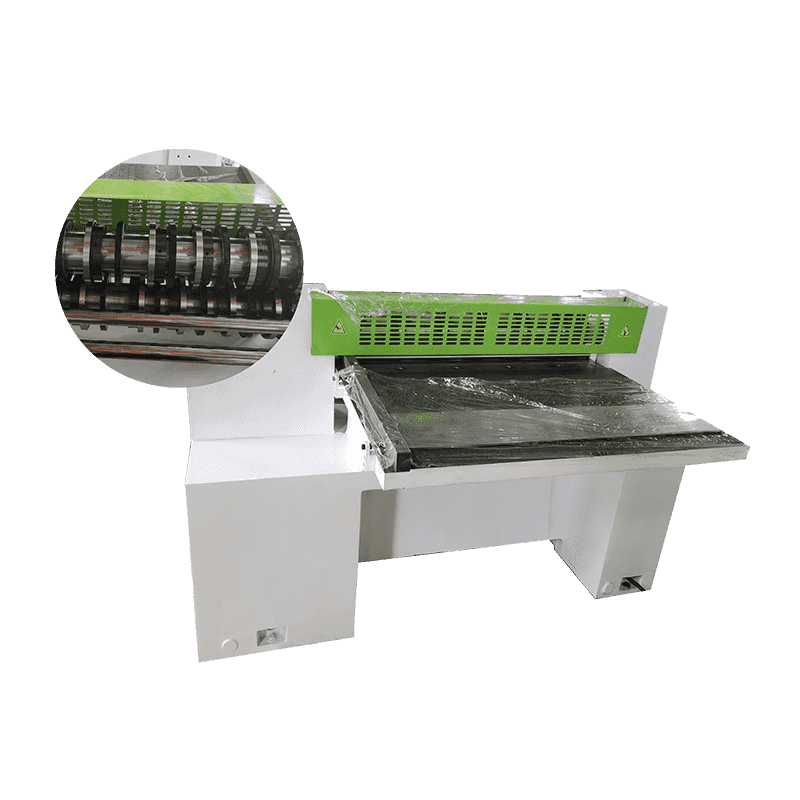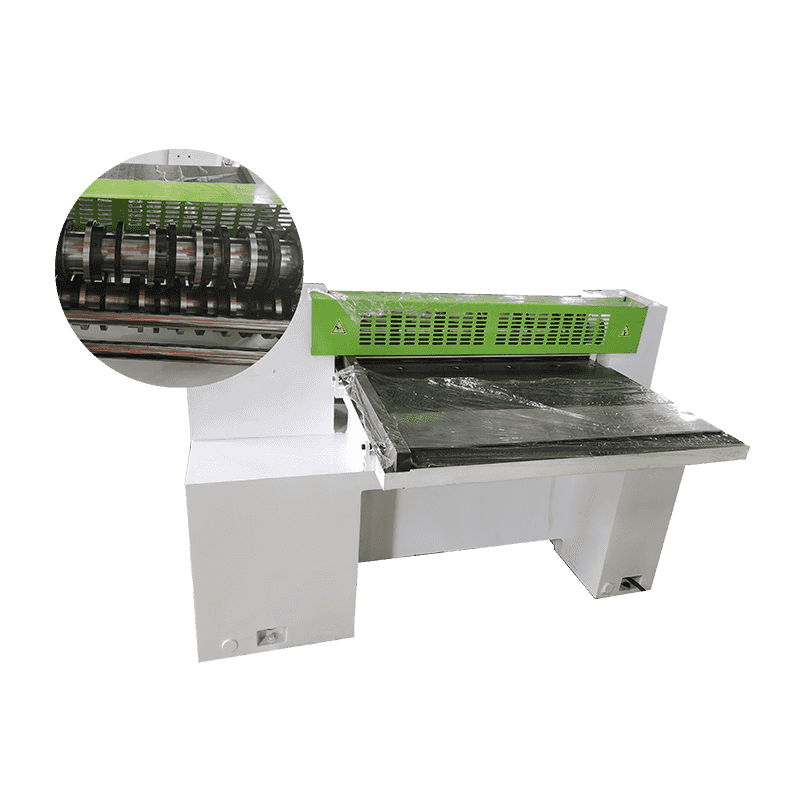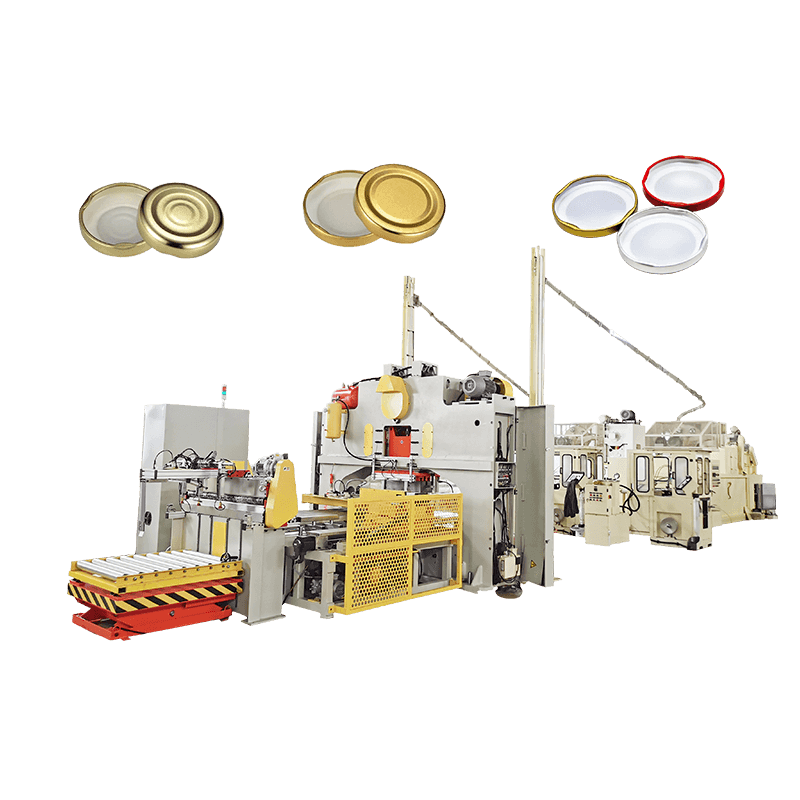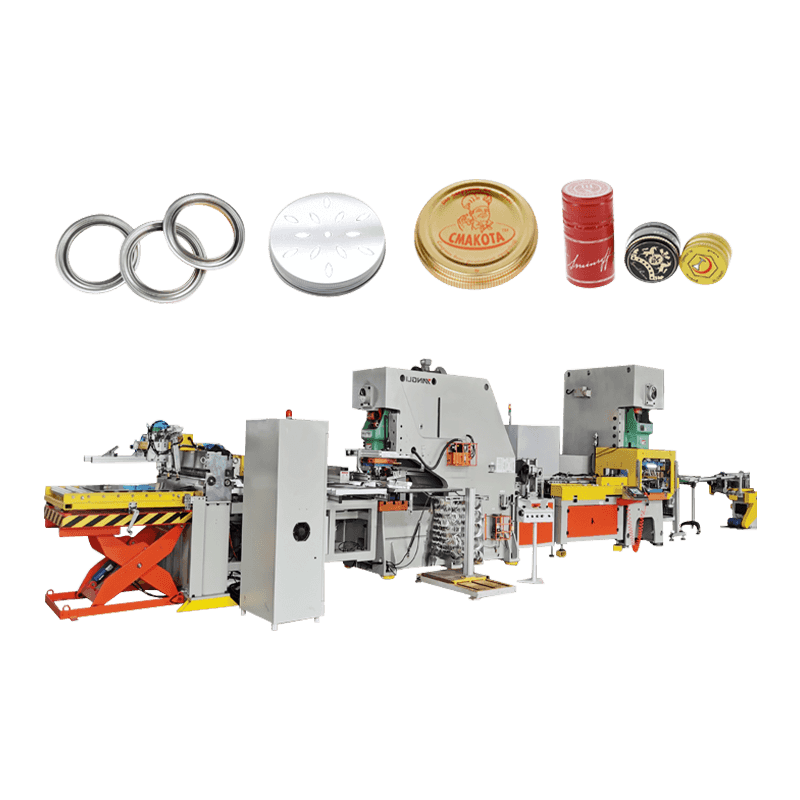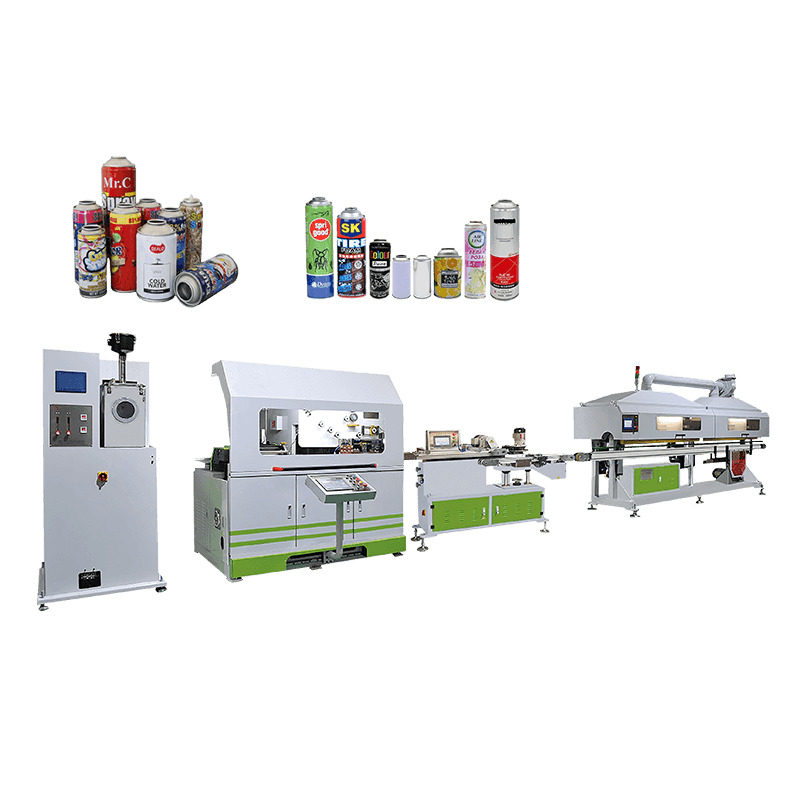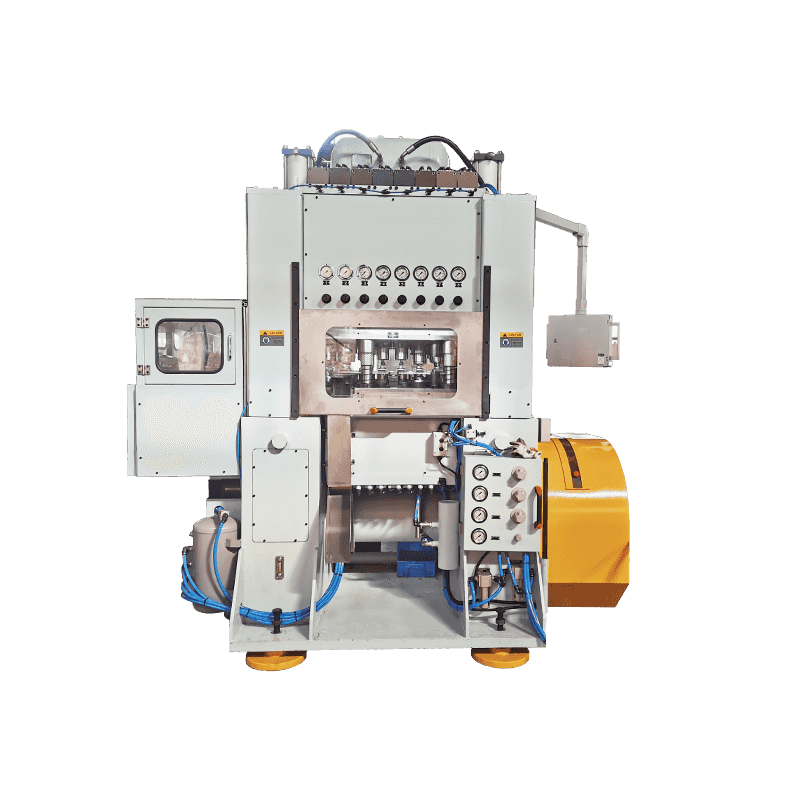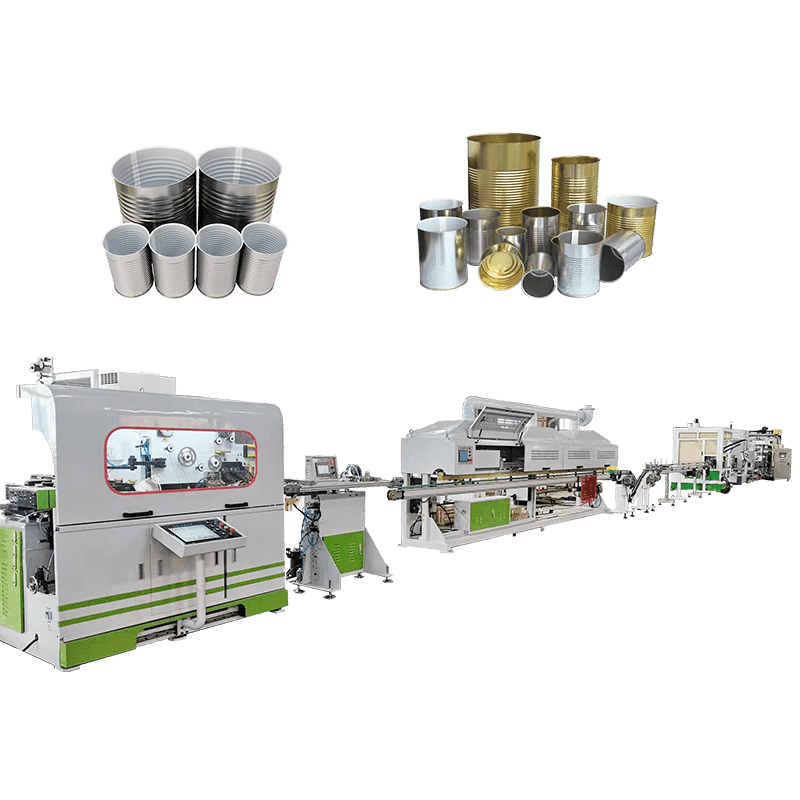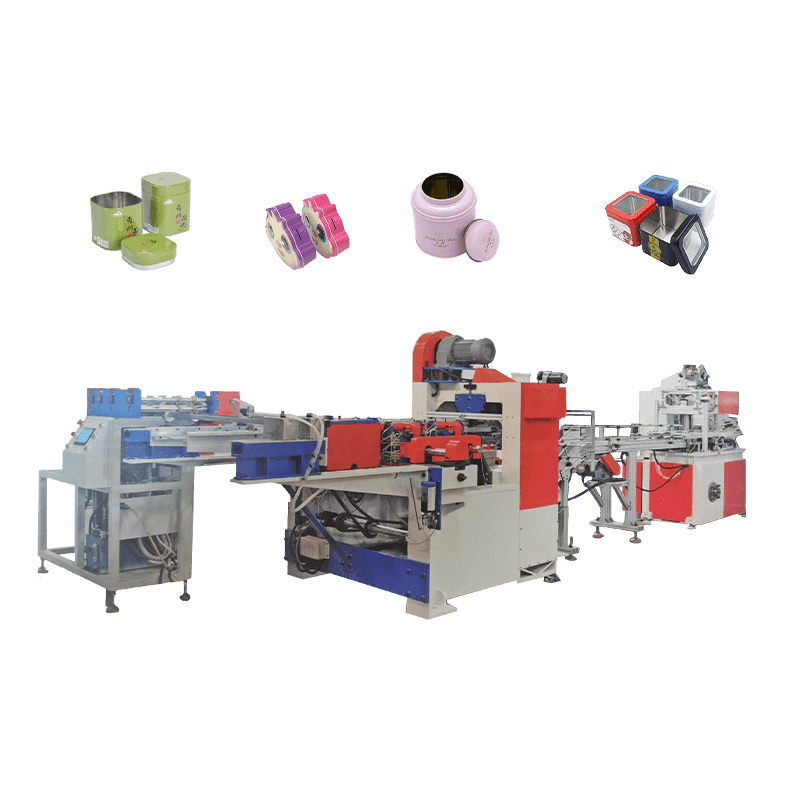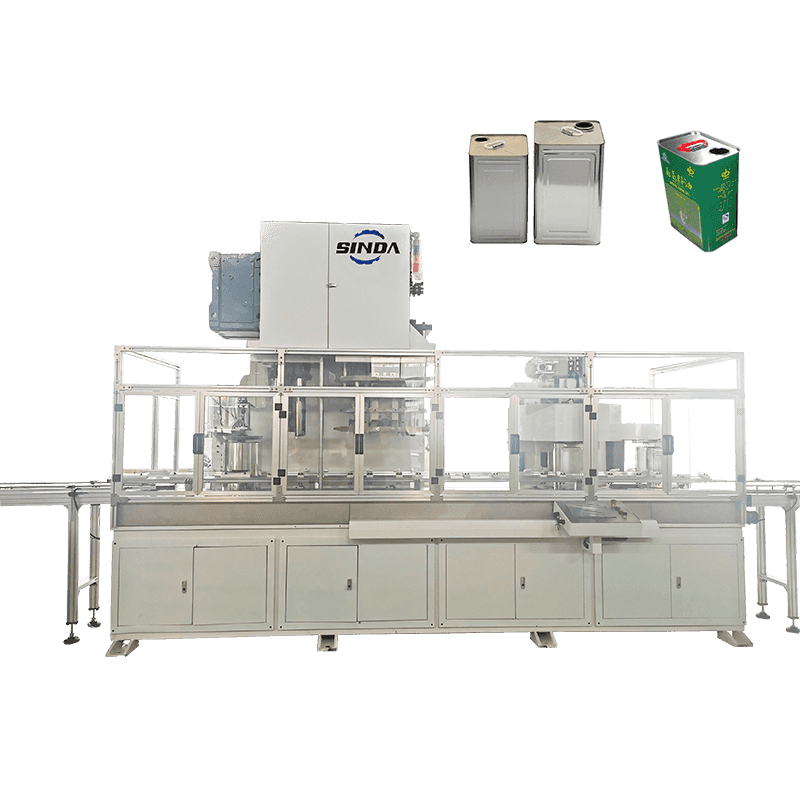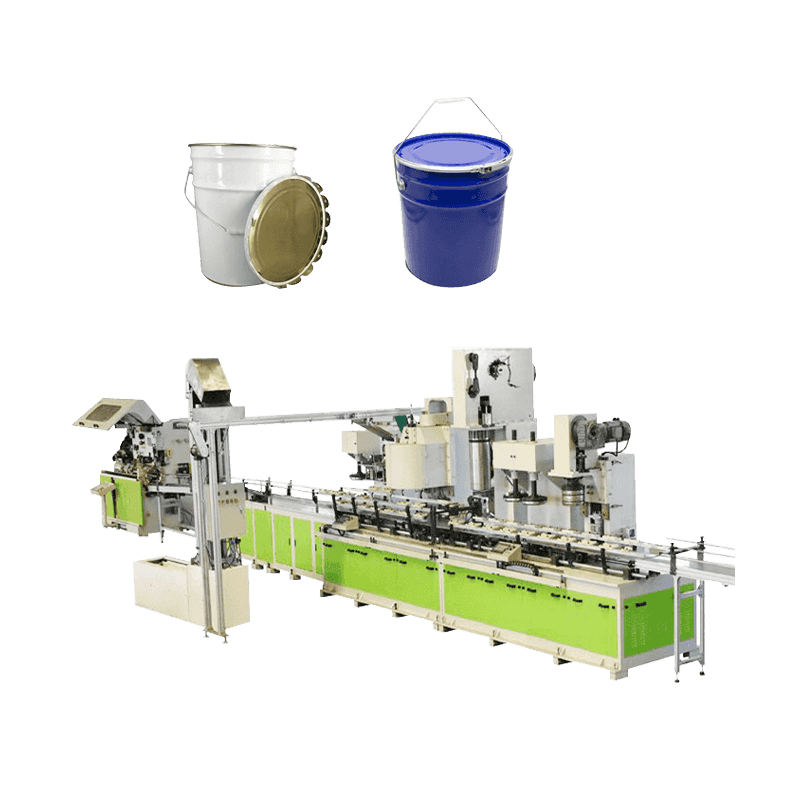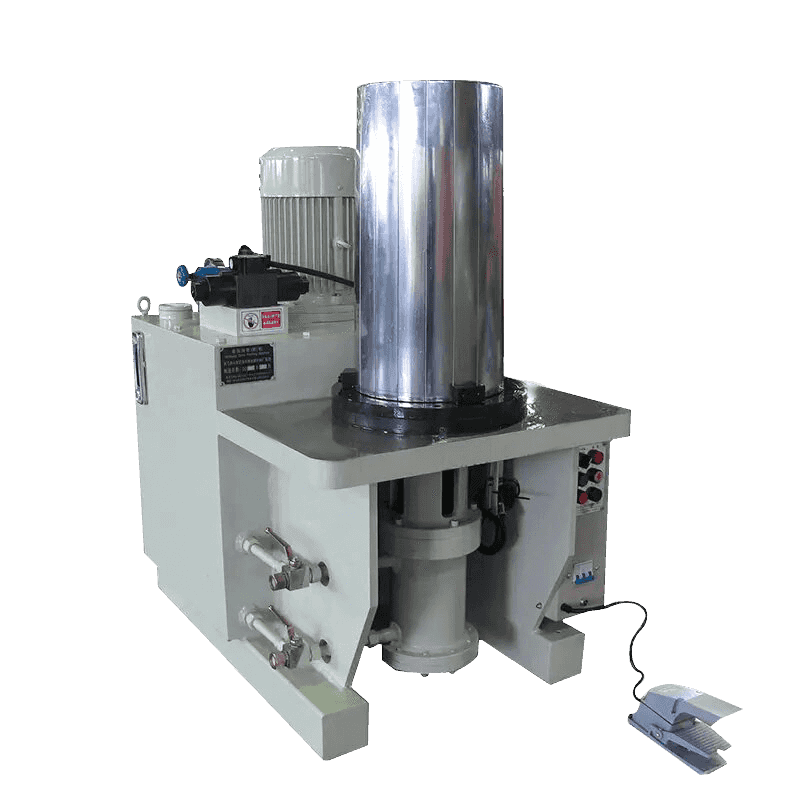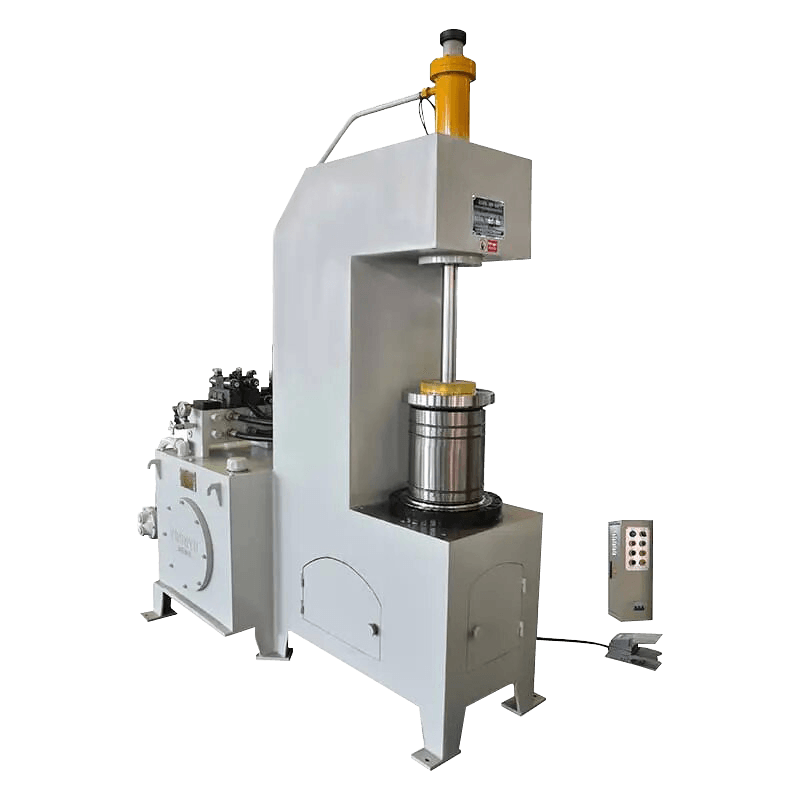What are the main components of a semi-automatic gang slitter?
A semi-automatic gang slitter is a cutting device commonly used for materials such as paper, film, and metal foil. Its main components include the following:
Unwinding part: This is the starting part of the slitter, which is used to fix and unfold the material to be slit. The unwinding part is usually equipped with an automatic tension control system to ensure that the material maintains uniform tension during the unwinding process to avoid stretching or relaxation of the material.
Slitting part: This is the core part of the slitter, mainly including the slitting knife and the slitting shaft. The slitting knife can be a round knife or a straight knife. Choose the appropriate knife according to the material. The slitting shaft is used to support and drive the knife to ensure slitting accuracy.
Rewinding part: The slit material needs to be rewound into a roll for subsequent processing or use. The rewinding part is also equipped with a tension control system to ensure uniformity and neatness during the rewinding process.
Transmission system: The various parts of the slitting machine need to operate in coordination, and the transmission system realizes the synchronous movement of each part through components such as motors, gears, and chains. Advanced slitting machines are usually equipped with servo motors and PLC control systems to achieve precise speed and position control.
Control system: Modern slitting machines are usually equipped with intelligent control systems, and users can set parameters, monitor operations, and diagnose faults through touch screens or computers. The control system can also store multi-group slitting parameters to facilitate the switching of different materials and specifications.
Safety protection devices: When the slitting machine is working, the cutter rotates at high speed, which is dangerous, so it is equipped with various safety protection devices, such as safety covers, emergency stop buttons, sensors, etc., to ensure the safety of operators.
Potential applications of semi-automatic slitting machines in artistic creation?
Semi-automatic slitting machines have many potential applications in artistic creation, especially when making large-scale installation art, complex paper-cutting art, and multi-layered mixed material art works. Here are some specific application examples:
Large-scale installation art: When making large-scale installation art, artists often need to deal with large-format materials such as cloth, paper, or film. Semi-automatic slitting machines can accurately and quickly slit these materials, helping artists to achieve complex designs and layouts.
Paper-cutting art: Traditional paper-cutting art requires fine manual cutting, but for large-scale or complex paper-cutting works, manual operation is time-consuming and difficult to ensure accuracy. Semi-automatic slitting machines can achieve high-precision paper-cutting effects through preset cutting paths, saving time and improving the consistency of works.
Mixed material art: In modern art creation, different types of material combinations are often used, such as paper, cloth, plastic film, etc. Semi-automatic slitting machines can adapt to the cutting needs of different materials, allowing artists to freely combine and create.
Printmaking: In printmaking, especially large prints, precise slitting and material processing are essential. Semi-automatic slitting machines can help artists accurately slit plates and paper, improve work efficiency and work quality.
Binding design: In the production process of art books and handmade books, it is often necessary to accurately slit various papers and cover materials. Semi-automatic slitting machines can ensure the neatness of slitting and the consistency of size, making the final product more professional and beautiful.
What are the differences in the application of semi-automatic slitting machines in different industries?
The application of semi-automatic slitting machines in different industries varies greatly, which is mainly reflected in the material type, slitting accuracy, output requirements and functional requirements. The following is a detailed introduction to the application differences in several major industries:
Packaging industry: In the packaging industry, semi-automatic slitting machines are mainly used to slitting various packaging materials, such as cardboard, plastic film and aluminum foil. The packaging industry has high requirements for slitting speed and accuracy to meet the needs of mass production and efficient processing. Slitting machines are usually equipped with advanced tension control and automatic alignment systems to ensure the quality and consistency of slitting.
Printing industry: The slitting needs of the printing industry are mainly concentrated on the slitting of paper and film after printing. The slitting of printed materials requires high precision to ensure the integrity and alignment of the printed pattern. The printing industry also requires slitting machines to have fast roll changing and automatic waste discharge functions to improve production efficiency and reduce scrap rate.
Electronics industry: In the electronics industry, semi-automatic slitting machines are mainly used to slitting various electronic materials, such as copper foil, aluminum foil and isolation film. These materials are usually thin and soft, and have extremely high requirements for slitting accuracy and non-destructiveness. Slitting machines in the electronics industry are usually equipped with high-precision knives and a dust-free operating environment to ensure the quality and performance of the materials.
Textile industry: Slitting in the textile industry is mainly for various fabrics and non-woven fabrics. The slitting of textile materials requires sharp knives that can handle materials of different thicknesses and textures. Slitting machines in the textile industry also need to have automatic edge alignment and constant tension control functions to ensure the neatness of the slitting edges and the flatness of the fabric.
Metal processing industry: In the metal processing industry, semi-automatic slitting machines are mainly used for slitting metal foils and thin plates, such as aluminum foil and stainless steel foil. The slitting of metal materials requires higher cutting force and wear-resistant knives. Slitting machines in the metal processing industry are usually equipped with heavy-duty transmission systems and cooling devices to ensure the stability of the slitting process and the life of the knives.
In short, the differences in the application of semi-automatic slitting machines in different industries are mainly reflected in the material type and slitting requirements. According to their own special needs, each industry has different requirements for the configuration and function of the slitting machine to achieve the best slitting effect and production efficiency.

 English
English عربى
عربى русский
русский
